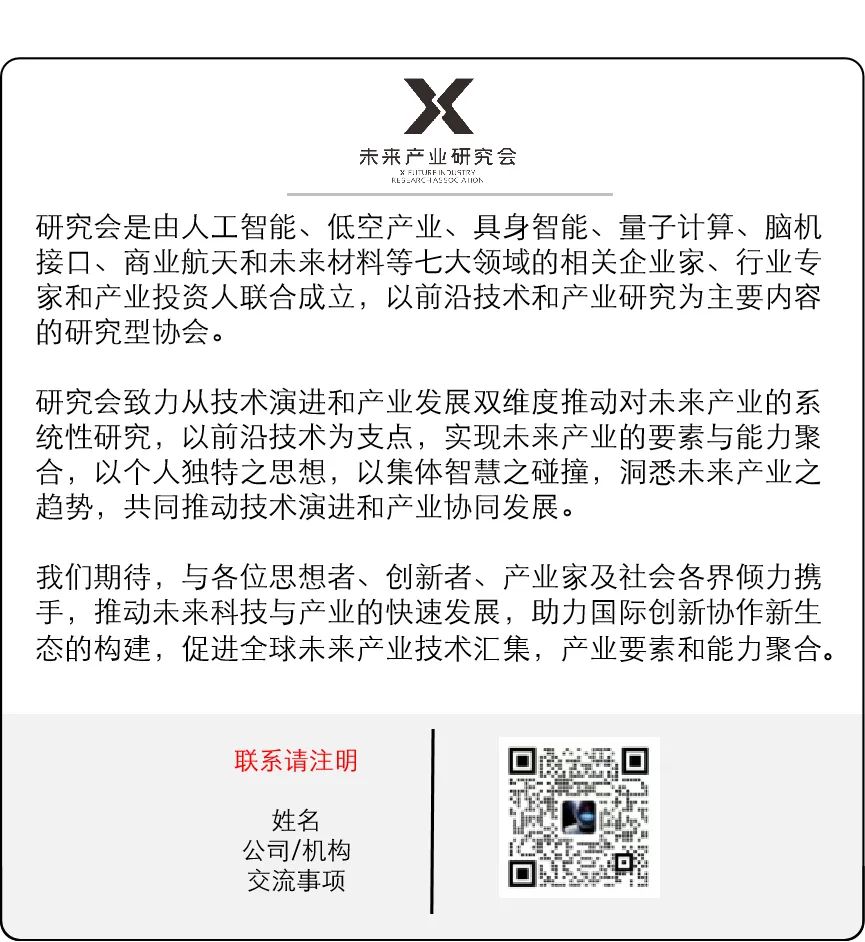
On April 27, 2025, the global semiconductor industry received significant news: European chip giant STMicroelectronics (ST) officially announced the acquisition of Canadian AI startup Deeplite. This seemingly low-key transaction actually contains the key logic of the semiconductor industry’s transformation towards edge intelligence— as computing power shifts from the cloud to the edge, ST is reconstructing the competitive landscape of the edge AI era through vertical integration of “hardware + software.” Deeplite, known for its ability to “make elephants dance on the tip of a needle,” is a core driver of this revolution.
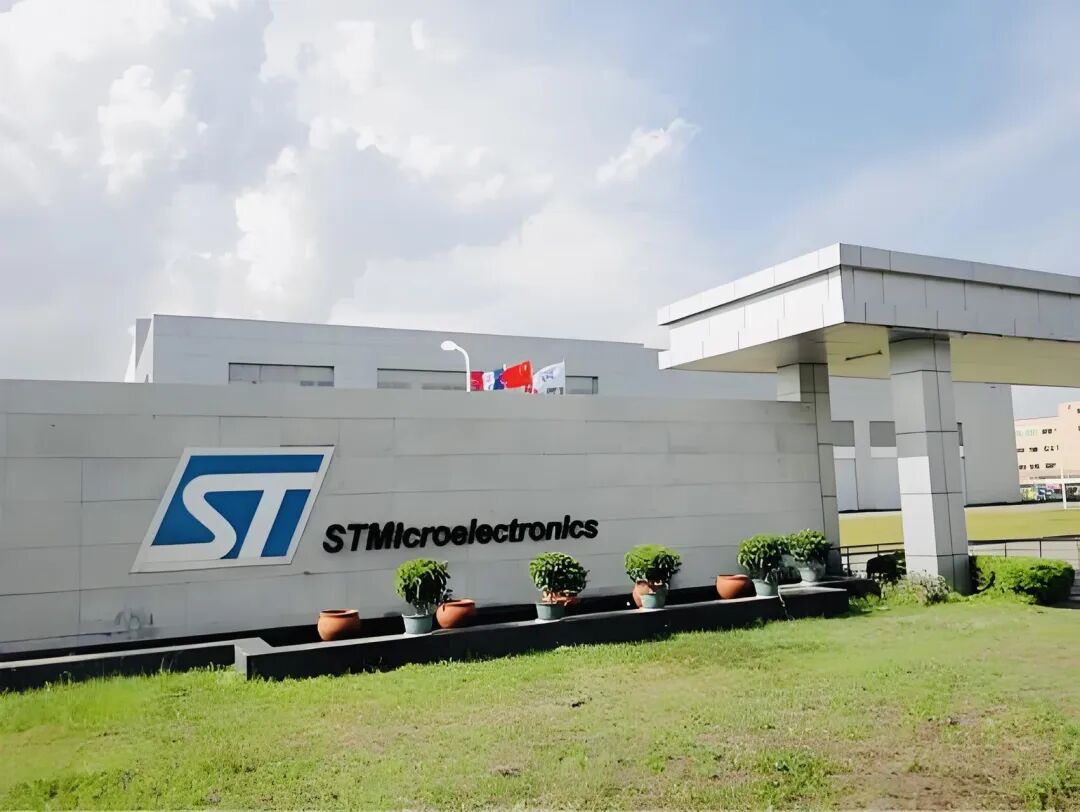
Deeplite: The “Slimming Magician” of Edge AI Founded in 2017, Deeplite emerged from the fertile ground of Montreal’s AI innovation ecosystem. Co-founders Ehsan Saboori (PhD in Engineering), Davis Sawyer, and CEO Nick Romano, with their profound insights into deep learning model optimization, have created a disruptive technological system. Its core mission is to solve the “AI paradox” of edge devices: how to run complex neural networks that originally required GPU clusters on microcontrollers (MCUs) with only a few MB of memory and less than 1 watt of power?
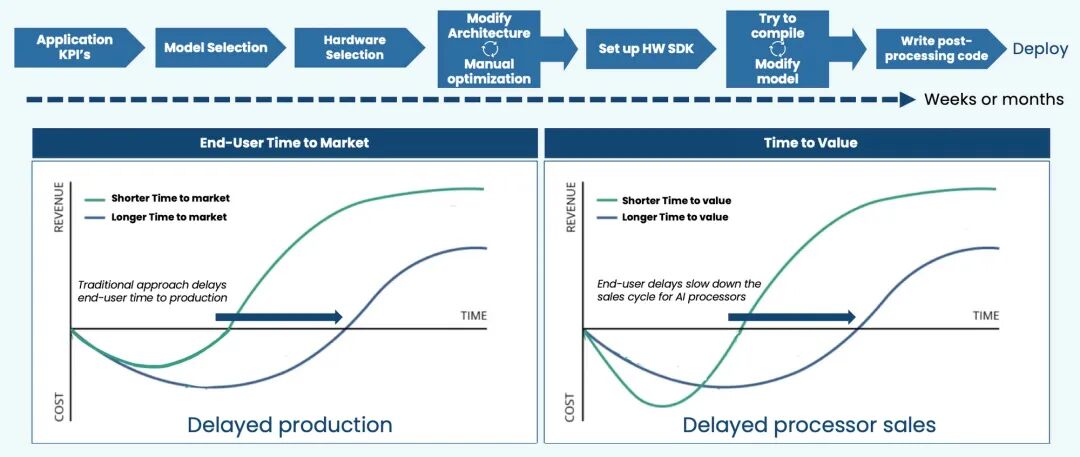
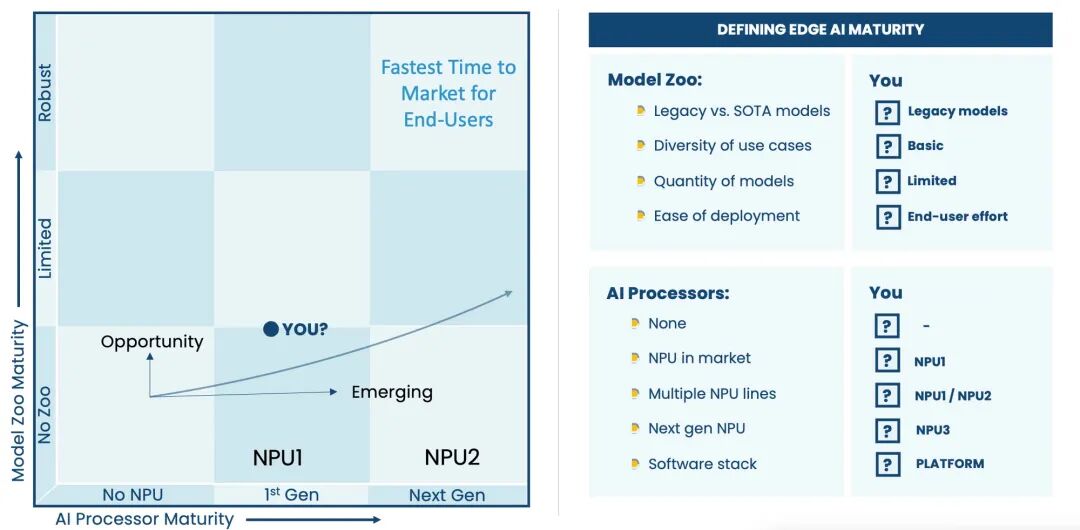
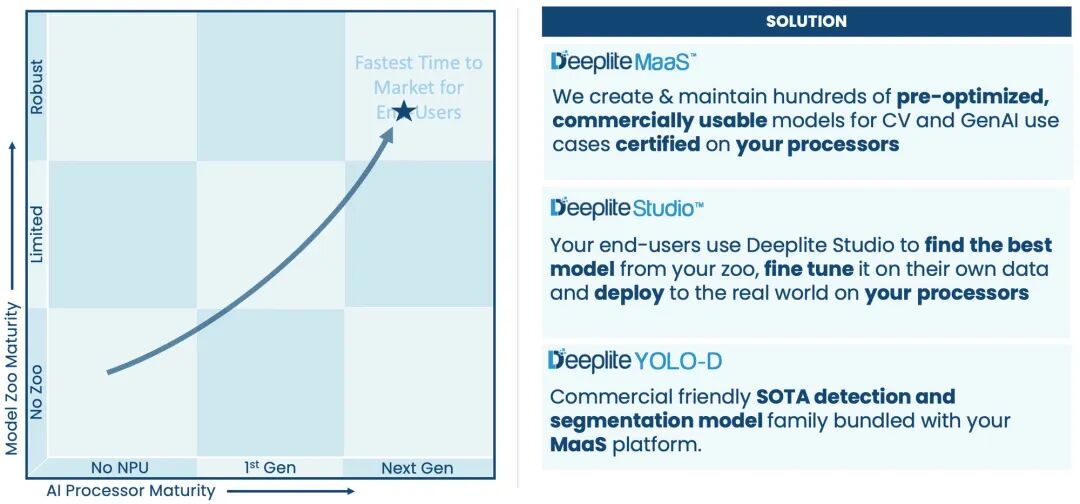
Core Technology 1: Model Compression and Quantization Deeplite’s “slimming technique” begins with a deep deconstruction of neural network models. Its proprietary weight pruning technology can identify and remove redundant neuron connections (weights close to zero) in the model. For example, in image classification models, pruning can reduce the number of parameters by 40%-60%, while keeping accuracy loss within 2%. This “refinement” strategy not only reduces computational complexity but also directly decreases chip power consumption— in tests with the Andes Technology RISC-V CPU, the inference speed of the pruned model increased by 9%, and power consumption decreased by 15%. Quantization is another “space compression magic.” Traditional deep learning models typically use 32-bit floating-point numbers to store parameters, while Deeplite converts weights and activation values to 8-bit or even 4-bit integers, shrinking the model size to 1/10 while maintaining over 98% accuracy. This technological breakthrough allows target detection models (like YOLOv5) that originally required cloud computing power to run in real-time on embedded chips in mobile phone cameras.
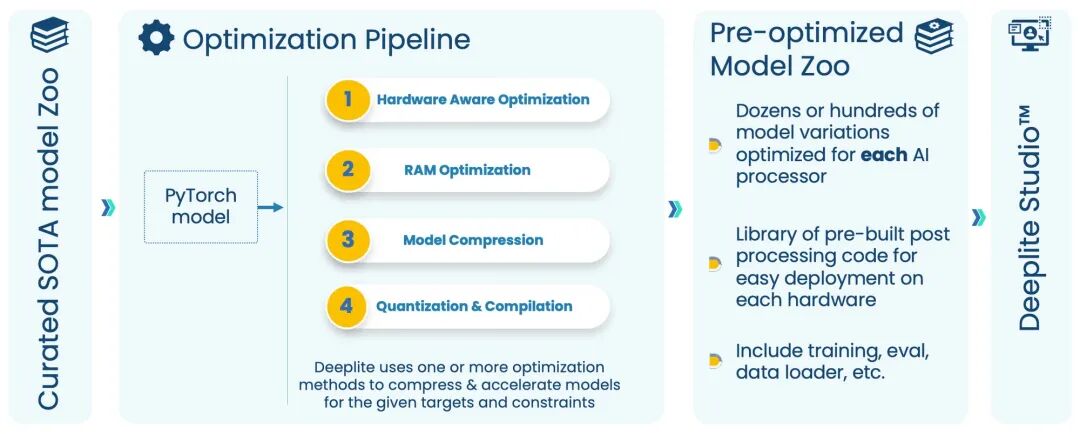
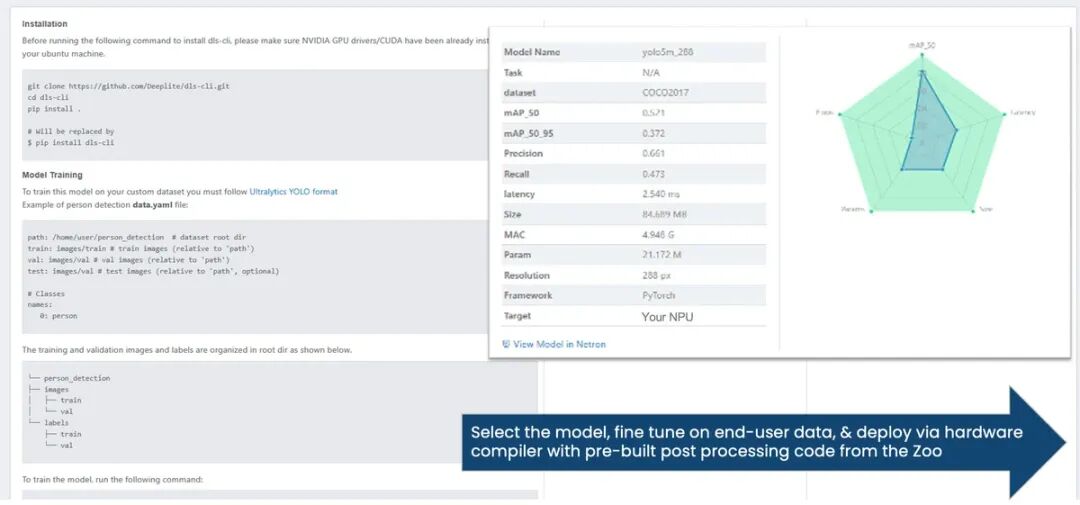
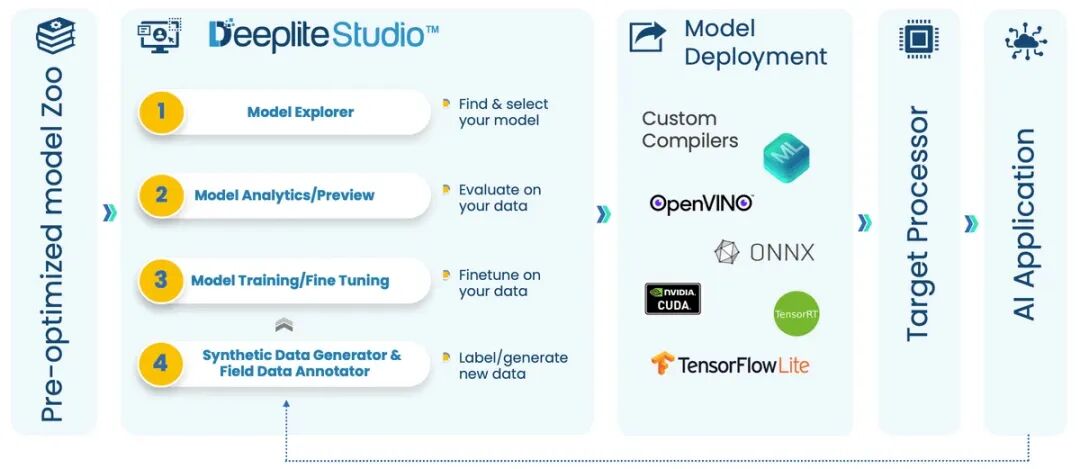
Core Technology 2: Automated Architecture Design Deeplite’s AutoML engine redefines the neural network development paradigm. Traditional model design relies on engineers manually tuning the number of network layers and connection methods, while Deeplite uses reinforcement learning algorithms to automatically generate lightweight architectures that adapt to specific hardware constraints. For example, in industrial defect detection scenarios, its generated customized models are three times faster than the standard ResNet-18, with memory usage reduced by 70%. This “AI designing AI” approach shortens the development cycle from months to days, breaking the compatibility barrier between edge devices and complex models. Even more innovative is the sparsification technology. By artificially increasing the proportion of zero values in the weight matrix, Deeplite can skip invalid computation steps on the chip. In tests with the Arm Cortex-M7 core, the memory access latency of the sparse model was reduced by 22%, and overall energy efficiency improved by 30%. This “space-for-time” strategy is key to breaking through the computational limits of edge devices.
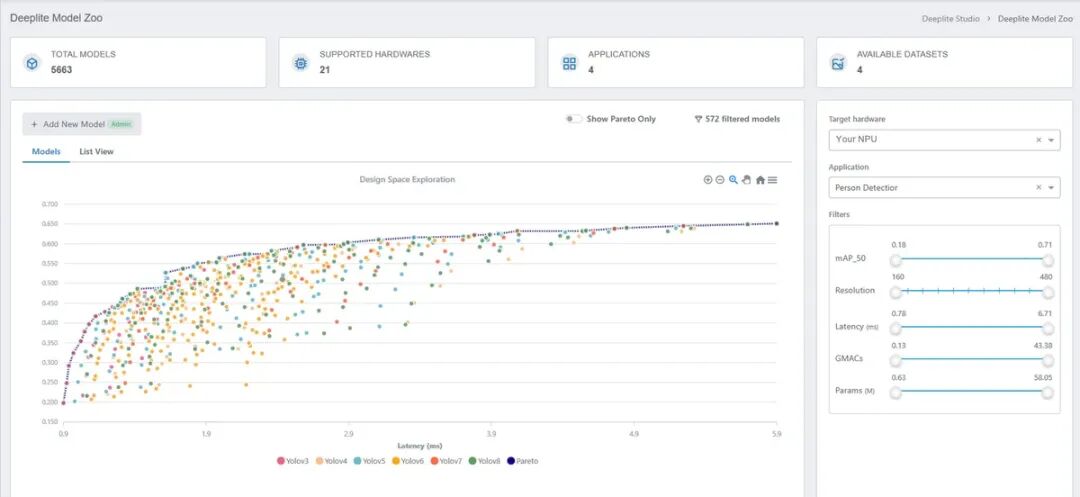
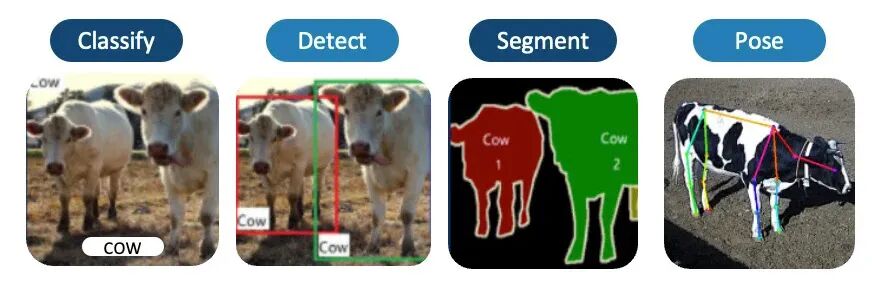
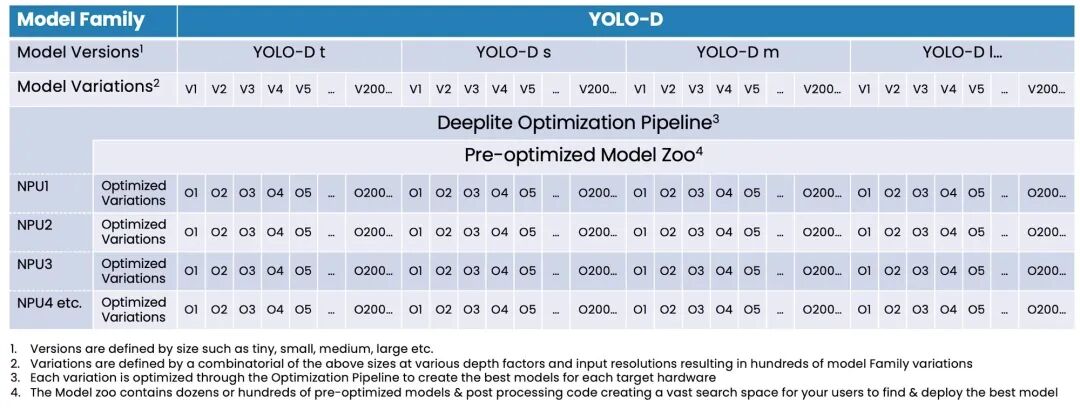
Core Technology 3: Hardware-Aware Optimization Deeplite’s killer feature lies in its deep adaptation to hardware characteristics. Its software stack supports a full range of processors from RISC-V to Arm Cortex-M and can dynamically adjust model structures based on chip cache architecture, memory bandwidth, and other characteristics. For example, to address the random access bottleneck of flash memory in STMicroelectronics’ STM32 series MCUs, Deeplite developed a block computation algorithm that improved data locality by 50%, significantly reducing the frequency of external memory access. Even more noteworthy is its heterogeneous computing collaboration technology. In SoCs equipped with NPUs (Neural Processing Units), Deeplite can split models into task flows for parallel computation on MCUs and NPUs. Tests show that this hybrid architecture improves energy efficiency by 40% compared to pure NPU solutions while reducing reliance on dedicated hardware. This flexibility allows edge device manufacturers to support the latest AI models without frequent hardware upgrades.
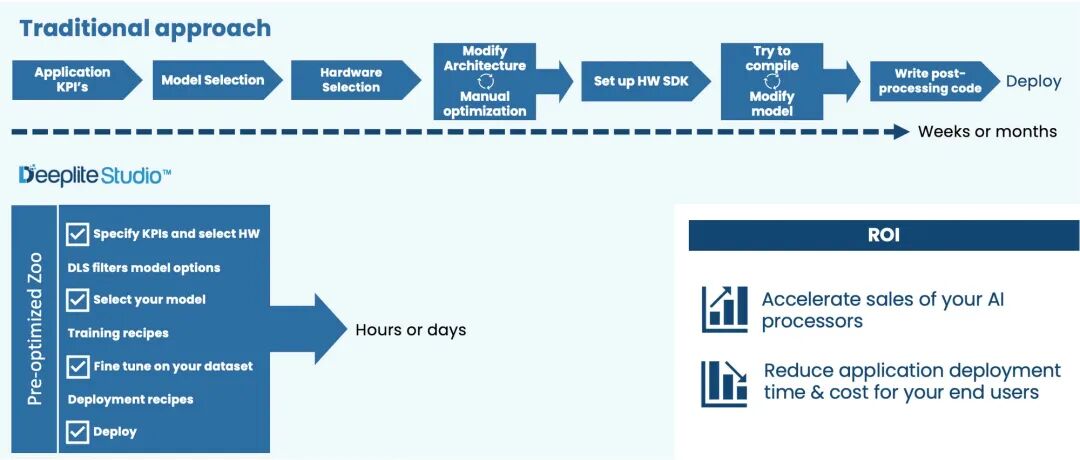
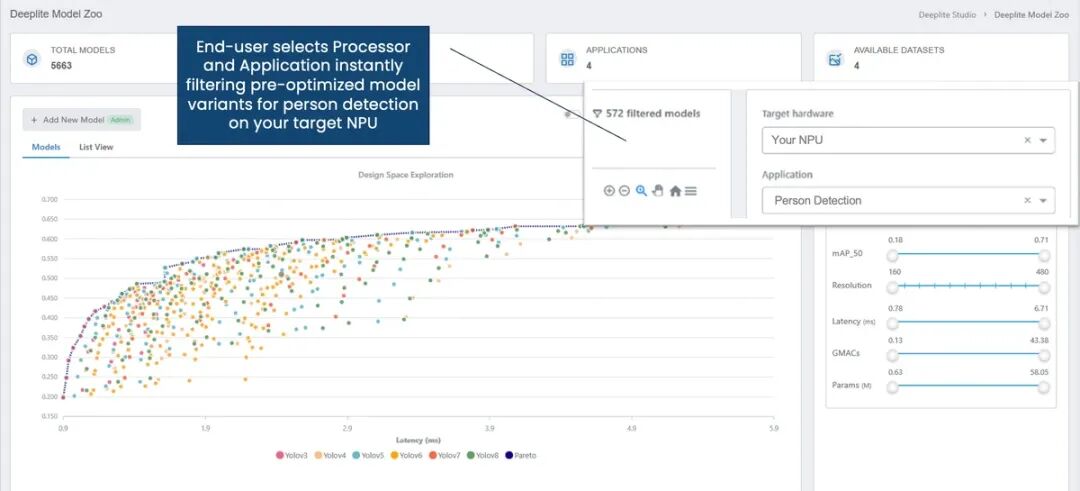
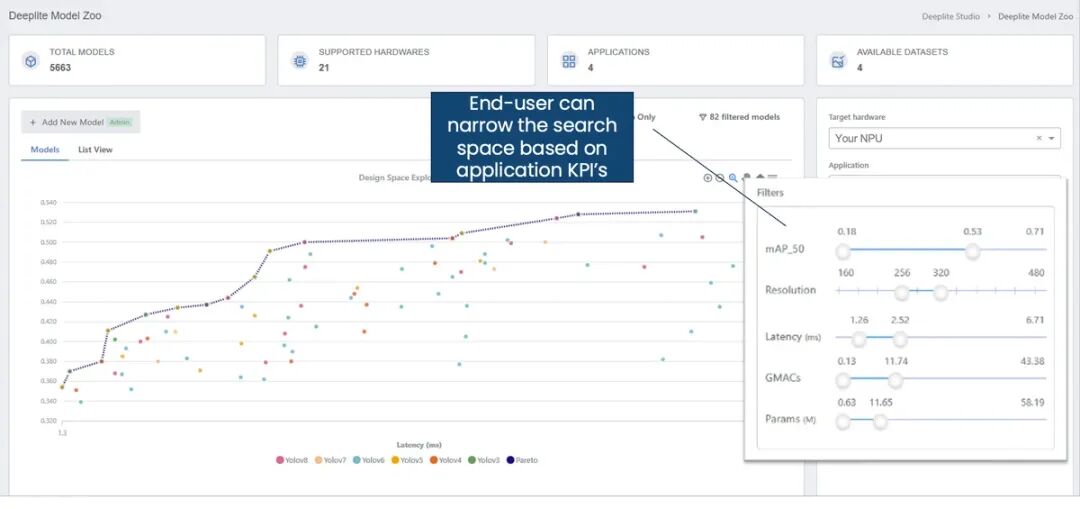
ST’s Strategic Move: From Chip Manufacturer to AI Ecosystem Builder This acquisition is not an isolated event but a strategic move by ST to respond to industry changes. The Q1 2025 financial report shows that ST’s revenue fell by 27.3% year-on-year, and net profit plummeted by 89%, forcing the company to seek new growth drivers. Edge AI is the key to its breakthrough— it is predicted that by 2025, 75% of data will be processed at the edge, and the market size for edge AI chips will exceed $100 billion.
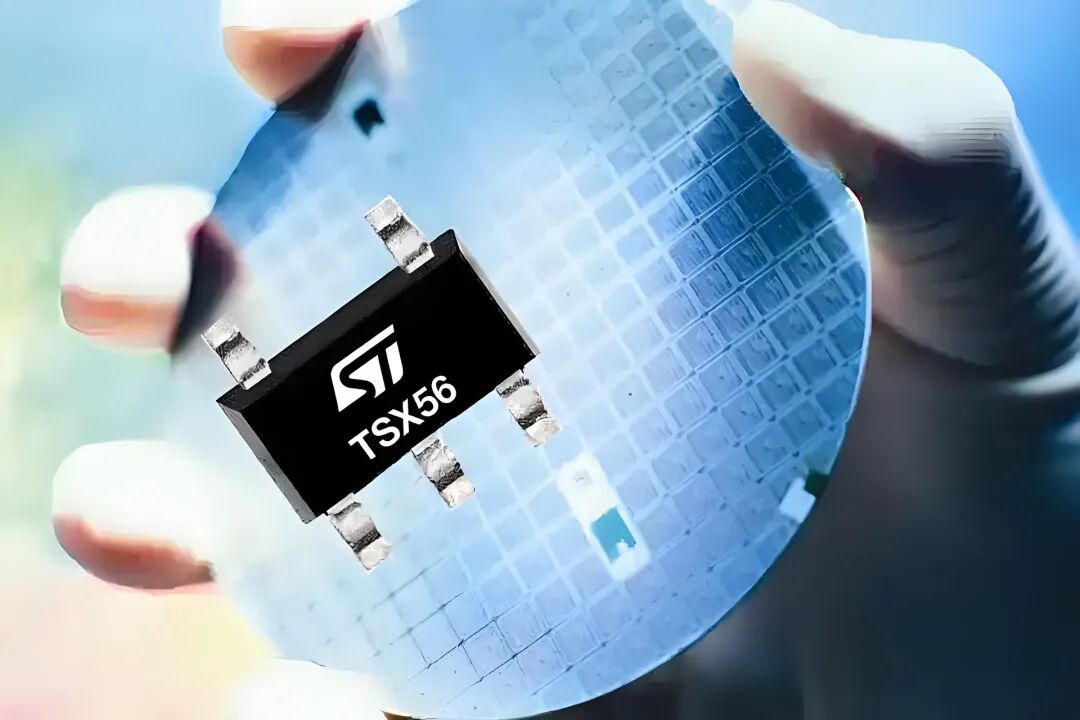
ST’s layout logic is clear: 1. Building a technological closed loop: Deeplite’s software capabilities complement ST’s STM32 MCUs and dedicated NPUs. For example, ST’s latest 22nm FD-SOI low-power MCU, paired with Deeplite’s optimized visual models, can achieve real-time heart rate monitoring on wearable devices with power consumption below 1 milliwatt. This “chip + algorithm” packaging solution greatly lowers the development threshold for customers. 2. Expanding the developer ecosystem: Montreal, where Deeplite is headquartered, gathers top AI talent globally, and its open-source collection of over 200 edge AI tools will be integrated into ST’s developer platform. The full automation of the process from model selection, hardware adaptation to deployment debugging will shorten the AI application development cycle from months to 48 hours. 3. Industry standard voice: By launching edge AI maturity assessment tools, ST is defining compatibility standards for processors and model libraries. Its preset collection of over 30 computer vision models covers mainstream scenarios from smart security to predictive maintenance, forming a de facto industry benchmark.
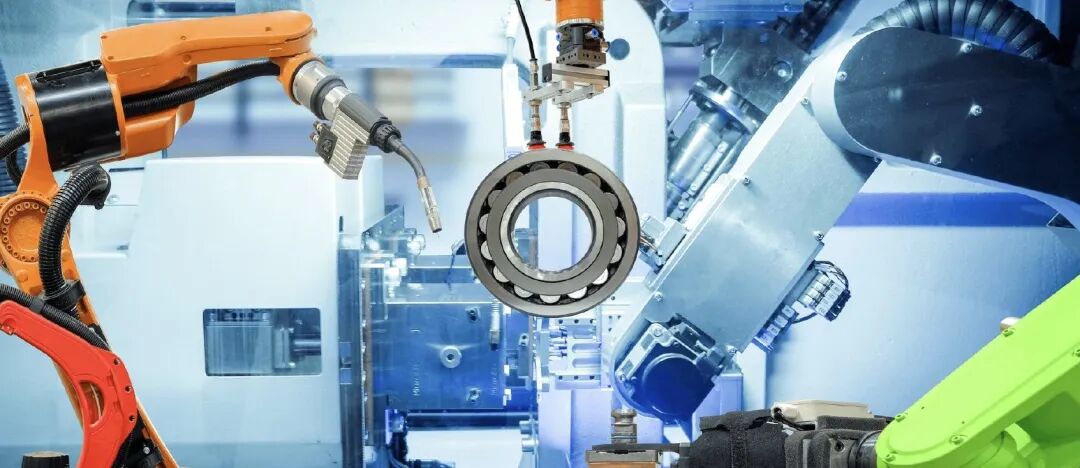
The “Arms Race” in the Edge AI Battlefield ST’s acquisition reflects deep changes in the semiconductor industry. As Nvidia dominates cloud computing power and Qualcomm rules the mobile end, edge devices are becoming a new strategic high ground: • Renesas Electronics acquired Reality AI, focusing on running TinyML models on devices with 1MB of memory; • Infineon acquired Imagimob, specializing in machine learning at the sensor end; • NXP launched the eIQ ecosystem, supporting the TensorFlow Lite Micro framework. The essence of this competition is to seize the entry point for the digitalization of the physical world. When every camera and every sensor has local decision-making capabilities, the predictive maintenance error of industrial equipment will shrink from days to minutes, and the response delay of autonomous driving will drop from 100 milliseconds to 10 milliseconds. Deeplite’s technology is the catalyst for achieving this “ubiquitous intelligence.”
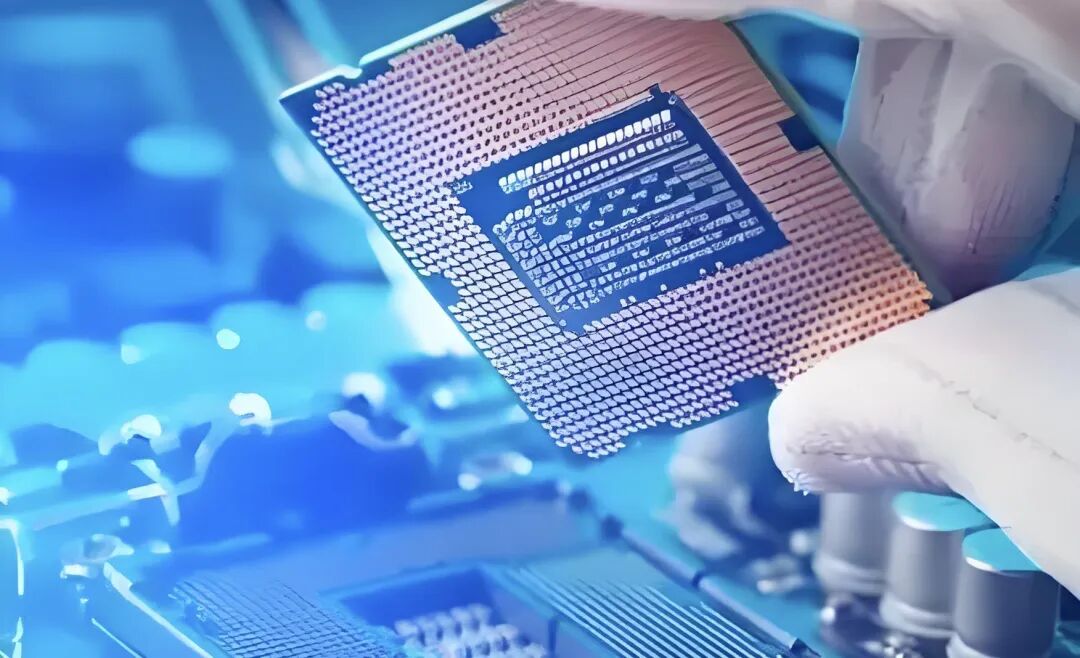
Future Outlook: The Collective Awakening of Edge Devices Deeplite CEO Nick Romano wrote in the acquisition statement: “Joining ST, we will unleash greater innovation potential.” This may herald a new era for the semiconductor industry— • Transformation of manufacturing paradigms: ST plans to introduce Deeplite’s AI optimization tools into wafer fabs, aiming to improve equipment utilization on the 28nm production line by 15% through intelligent scheduling algorithms; • Explosion of application scenarios: In ST’s blueprint, the optimized edge AI platform will empower agricultural drones (real-time pest and disease identification), smart meters (non-intrusive load monitoring), and even space satellites (onboard data processing); • Energy consumption revolution: Deeplite’s technology can reduce the standby power consumption of smart home devices by 60%, promoting the proliferation of “always-on” AI terminals. This silent technological revolution is rewriting the rules of the semiconductor industry. When ST uses Deeplite’s software to define chip potential and binds developer loyalty through ecosystems, its goal is not just to sell individual MCUs but to become the “infrastructure operator” of the edge intelligence era. Deeplite, once a “model slimming expert,” is transforming into a technological lever to unlock a trillion-dollar market on ST’s map. In this process of democratizing computing power, a deeper insight emerges: the future semiconductor giants will no longer be mere technology suppliers but architects of ecosystem systems. When edge devices collectively awaken, we may ultimately witness— those micro-intelligent agents running on milliwatt-level chips are quietly reshaping the way humans coexist with machines.


